Electoral college's 'faithless electors' fail to stop Trump but land democratic blow
At least nine electors attempted to cast a vote against the
candidate they were mandated to support, drawing attention to an arcane
electoral system
Electors fill out their ballots during a meeting of Washington state’s
electoral college in Olympia on Monday.
Monday 19 December 2016 23.37 GMT
In the end, the so-called “faithless electors” of the US electoral college
failed resoundingly in their aim to stop Donald Trump from reaching the White
House. But they did strike a small but significant blow for reform of America’s
arcane way of choosing the president.
With counts still ongoing in California and Texas, the number of electoral
college members who attempted to cast a protest vote was likely to reach at
least nine. Of those, all but one was a Democrat, making the rebellion largely
symbolic.
'Faithless electors' explain their last-ditch attempt to stop Donald Trump
The one Republican expected to cast a vote against Trump – Chris Suprun in
Texas – led a lonely stand that fell well short of the 37 Republican defections
that would have been needed to block the president-elect’s rise to the nation’s
highest office. Several of the nine were also likely to have their actions
scrubbed from the records under state rules, thus depleting the scale of the
rebellion as it will be remembered.
But that still leaves at least five electors who are likely to go into the
history books as having participated in a rare outpouring of dissent, in part
directed at Trump himself and in part towards the indirect form of democracy
that the electoral college represents.
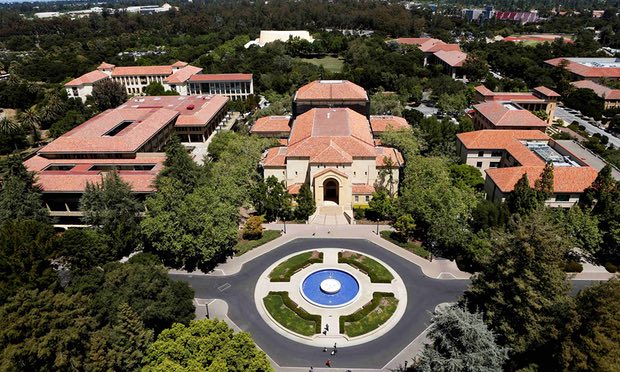
You have to look back more than a century to find anything like it. In 1912,
eight Republican electors switched votes from vice-presidential candidate James
Sherman to Nicholas Butler – but only after Sherman died in the course of the
campaign.
The largest rebel state in the electoral college of 2016 was Washington, where
no fewer than four of the 12 electors refused to vote for Hillary Clinton in a
protest directed against Trump. The idea was that their example could have
encouraged their Republican fellow electors to follow suit and rally around a
compromise alternative candidate.
One elector, Robert Satiacum, voted for Faith Spotted Eagle, and the remaining
three – Bret Chiafalo, Levi Guerra and Esther John – all voted for a compromise
moderate Republican who they identified as Colin Powell, the former secretary
of state under George Bush.
Guerra told the Guardian that the trio had settled on Powell because he had a
moderate reputation and was well liked in her part of Washington state as a military
leader. “Military experience is a big thing in my area,” she said.
But by Monday evening, Chiafalo conceded that as an attempt to stop Trump the
“Hamilton Electors” movement he had co-founded – named after Alexander Hamilton
who helped shape the role of the electoral college in the Federalist Papers –
had failed. “We didn’t come close to stopping Trump. That’s unfortunate, but it
was always a long shot.”
Former Colorado elector Micheal Baca, left, writes in his vote on his pen case
as his replacement, Celeste Landry, right, votes at the Colorado Capitol
building in Denver.
Former Colorado elector Micheal Baca, left, writes in his vote on his pen case
as his replacement, Celeste Landry, right, votes at the Colorado Capitol
building in Denver. Photograph: Chris Schneider/AFP/Getty Images
But he said the protest had been worthwhile as it had put the spotlight on the
electoral college system itself, the indirect process whereby US presidents are
chosen not by direct mandate of the American people – Clinton won the direct
popular vote – but by electors indirectly nominated by each state. There are
538 electors in the electoral college, and the successful candidate has to
garner 270 of them to win.
“We have started a national dialogue about how we elect our president,”
Chiafalo said.
In Colorado, a state that does not permit electors to cast a dissenting vote,
there were volatile scenes as one of the nine voted for John Kasich, the
Republican governor of Ohio, rather than for Clinton. For his pains, Micheal
Baca was removed from his position within the electoral college, only for the
remaining eight electors to then unanimously vote for him as his own
replacement.
That protest was in turn overturned by state authorities, and in the end an
alternate elector was brought on who was prepared to vote for Clinton. After
the vote, Baca told the Guardian that in his view his removal was
unconstitutional, but he said he had no regrets. “This was liberating for me. I
put my country before my party, and I will continue to do so.”
How does the US electoral college work?
There were unexpected single dissenting votes in Maine and Minnesota, though
neither was allowed to go into the record books. In Maine, a Democratic elector
cast his ballot for Bernie Sanders rather than Clinton, but was later forced to
cast a second vote for her.
He explained his action on his Facebook page: “I cast my vote for Bernie
Sanders not out of spite, or malice, or anger, or as an act of civil
disobedience. I cast my vote to represent thousands of Democratic Maine voters
who came into Maine politics for the first time this year because of Bernie
Sanders.”
He added: “I can’t do anything to change the results of the election this year.
But perhaps by encouraging these idealistic voters to stick around, I can
change the results of elections to come.
(Published 2016/12/20 at 9:21 pm)
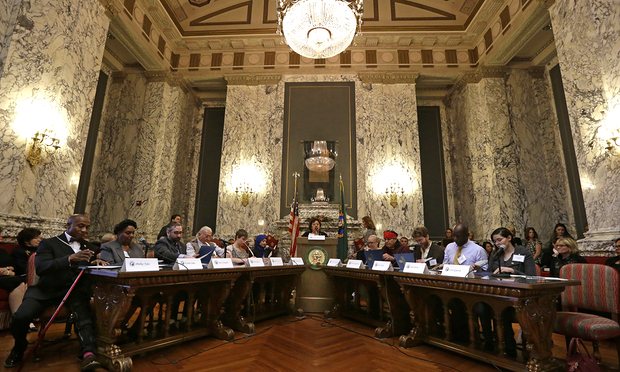




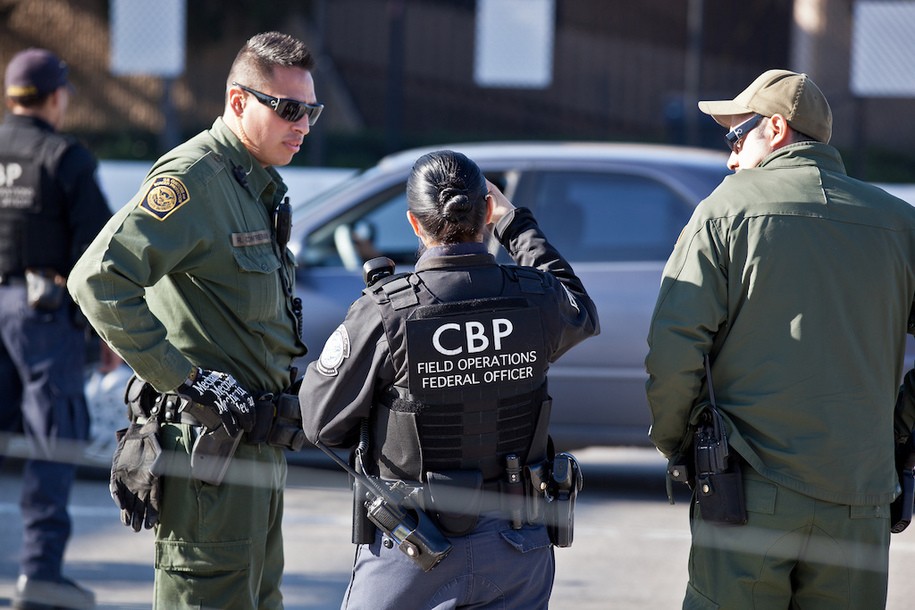



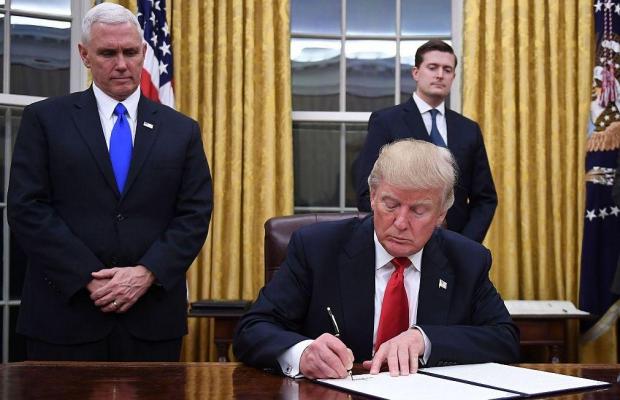
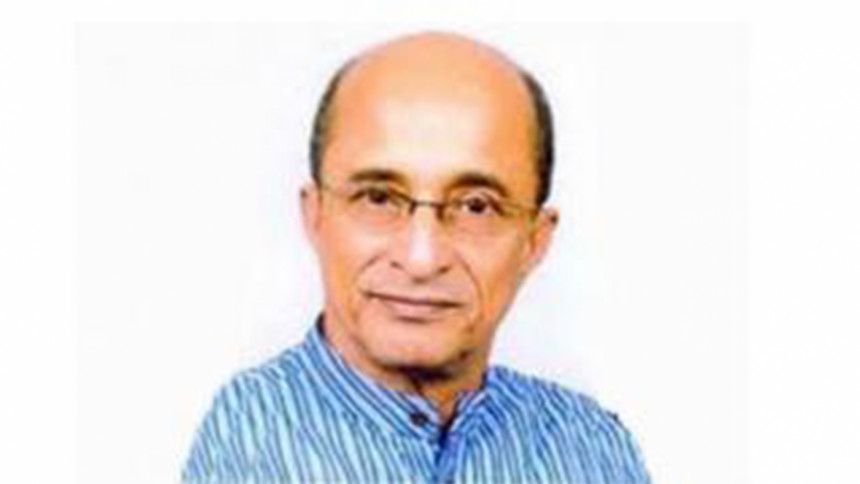
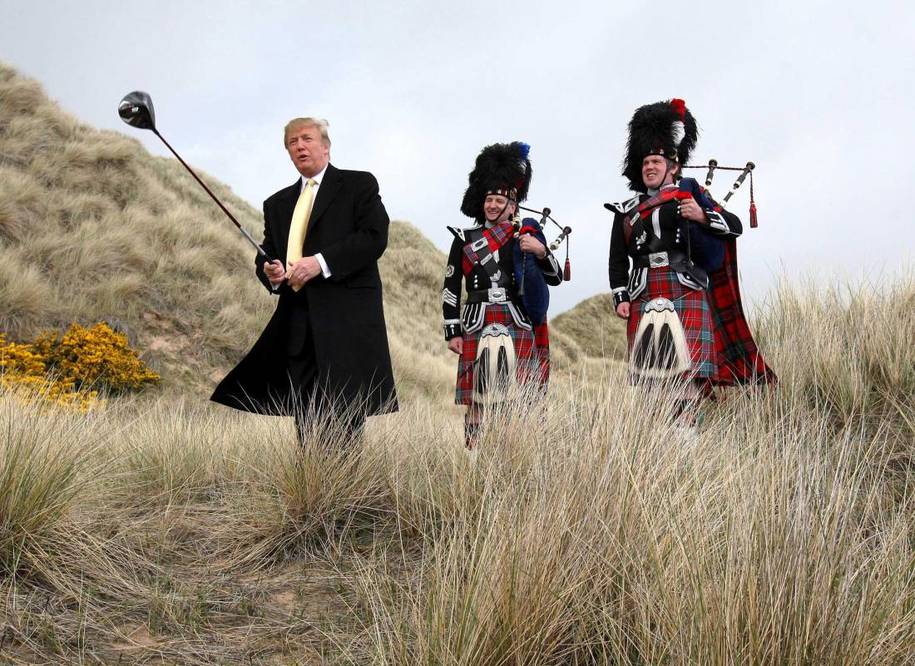








Comments